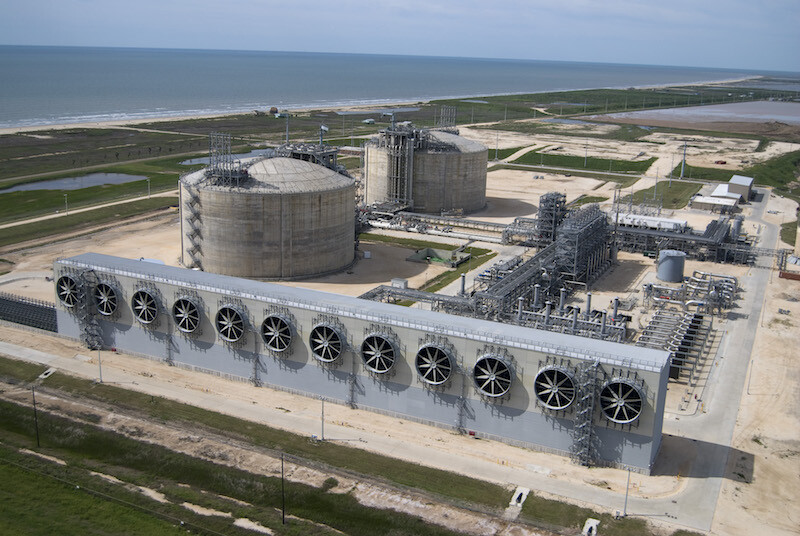Those of you who shivered through the historic deep freeze in early February and spent a month’s salary to heat your homes probably will be surprised to learn that an unseasonably warm winter has reined in natural gas prices.
Two days before an Arctic blast sent wind chills to record lows across the Upper Northeast, Enverus Intelligence Research Inc. (EIR) proclaimed that record warm winter weather will send natural gas prices to below $3 million BTUs (MMBtu) this year. The Calgary, Alberta-based analytics firm also pointed to strong U.S. gas stockpiles, aided in part to the continued outage of the Freeport liquefied natural gas (LNG) export facility off Texas, which prevented nearly 2 billion cubic feet per day (Bcfd) from being shipped out of the country.
“Unseasonably warm weather, record high supply and delays to the Freeport LNG restart inflated our end-of-winter natural gas storage estimate,” said EIR Director Bill Farren-Price. “This higher storage projection worsens the oversupply already expected for midyear, pushing our summer price forecast down by as much as $1/MMBtu from previous outlooks.”
To be fair, despite the bitterly cold intermittent spells of late December and the first weekend in February, assessments are based on mean winter temperatures. The National Oceanic and Atmospheric Administration (NOAA), for instance, said that the average January temperature of the 48 contiguous states was 35.2°F, 5.1°F above average, making it the sixth warmest January on record.
“On the demand side, mild weather to kick off the year has seen domestic consumption tail off significantly since the winter storm in December 2022,” Rystad Energy said in a Jan. 24 note. “However, there is some upside to those figures, as recent weekend weather models are forecasting a ‘cold shot’ in the next few days.”
Given the “significantly warmer-than-normal weather in January,” the U.S. Energy Information Administration (EIA) predicts spot prices on the U.S. Henry Hub benchmark will average $3.40/MMBtu this year, down nearly 50% from 2022 prices. Owing to markedly lower gas consumption in January, gas inventories at the end of March are expected to increase to 1.8 trillion cubic feet (Tcf), 16% higher than the five-year average, the EIA estimated in its Short-Term Energy Outlook released on Feb. 7.
Rystad expects U.S. dry gas production to grow by around 6.9 Bcfd this year, a 7% jump from 2022, which will further boost supplies and rein in prices.
Meanwhile, the Freeport terminal, a major U.S. LNG export facility, was not expected to resume operations until March at the earliest, Rystad said. The facility has been offline since June 2022 after being rocked by a fire and explosion.




